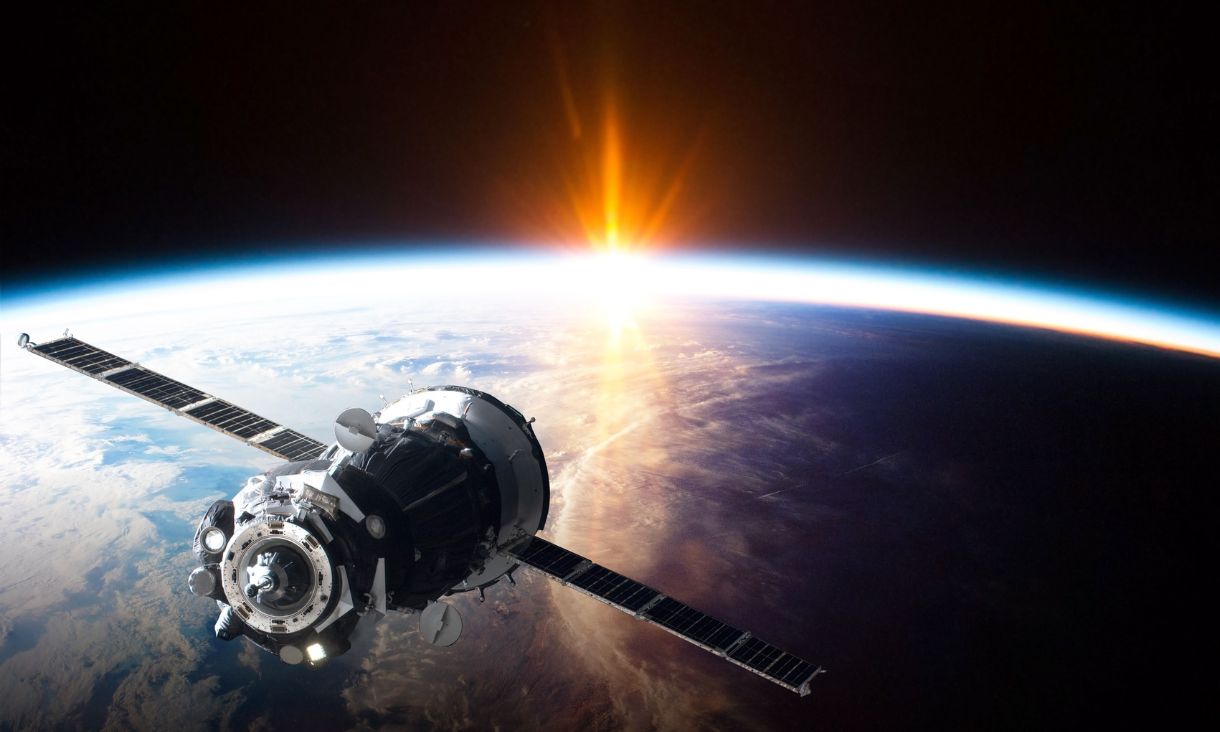
The devices that help us to keep time in space are currently large – some as big as entire laboratory benches – and dependent on sending signals back to Earth to recalibrate where they are. This essentially keeps these timekeeping devices tethered to Earth.
If we want to explore deeper space, we need to firstly miniaturise the pieces of equipment on board that help to keep time. This will also help spacecraft to measure their position in space, with a self-referencing system, rather than needing to send a signal back to Earth.

 Sonya Palmer in the labs of MOGLabs assembling a tuneable laser system for more compact measurement devices.
Sonya Palmer in the labs of MOGLabs assembling a tuneable laser system for more compact measurement devices.
To make deep space exploration more accurate, our team partnered with Melbourne-based laser manufacturers MOGLabs. Sonya Palmer, a PhD student at our Centre is working with MOGLabs to create measurement devices called quantum sensors that are the most accurate measuring device we have. These devices measure the world at the atomic level.
Quantum sensors are extremely sensitive measurement devices that exploit the properties of atoms to infer information. An atomic clock is a quantum sensor that measures the frequency of an electron transitioning between the energy levels of an atom and uses this to determine a reference for time.
In 2020, Sonya Palmer received a Fulbright Scholarship to go to the University of California with Professor John Bowers to miniaturise atomic clocks so they could potentially fit onto spacecraft. The scholarship aimed to create a highly specialised laser on a chip.
The aim going forward is to make these precise measuring devices smaller, but to also increase their functionality and impact. If we were able to put a precise optical atomic clock on board GPS satellites, we could increase the precision of their distance measurements to just centimetres – which could be used to land planes or navigate autonomous vehicles.
Miniaturised precise navigation systems will also allow us to venture deeper into space than ever before.
Visit our Defence and Precision Sensing Team page for more information about our work.


RMIT University acknowledges the people of the Woi wurrung and Boon wurrung language groups of the eastern Kulin Nation on whose unceded lands we conduct the business of the University. RMIT University respectfully acknowledges their Ancestors and Elders, past and present. RMIT also acknowledges the Traditional Custodians and their Ancestors of the lands and waters across Australia where we conduct our business - Artwork 'Sentient' by Hollie Johnson, Gunaikurnai and Monero Ngarigo.
More information